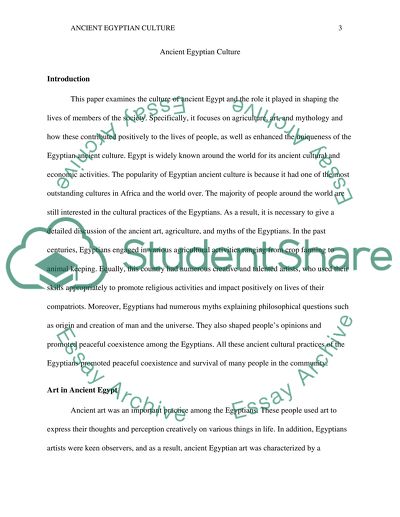Cite this document
(Ancient Egyptian Culture Research Paper Example | Topics and Well Written Essays - 2000 words - 1, n.d.)
Ancient Egyptian Culture Research Paper Example | Topics and Well Written Essays - 2000 words - 1. Retrieved from https://studentshare.org/culture/1690864-african-studies
Ancient Egyptian Culture Research Paper Example | Topics and Well Written Essays - 2000 words - 1. Retrieved from https://studentshare.org/culture/1690864-african-studies
(Ancient Egyptian Culture Research Paper Example | Topics and Well Written Essays - 2000 Words - 1)
Ancient Egyptian Culture Research Paper Example | Topics and Well Written Essays - 2000 Words - 1. https://studentshare.org/culture/1690864-african-studies.
Ancient Egyptian Culture Research Paper Example | Topics and Well Written Essays - 2000 Words - 1. https://studentshare.org/culture/1690864-african-studies.
“Ancient Egyptian Culture Research Paper Example | Topics and Well Written Essays - 2000 Words - 1”. https://studentshare.org/culture/1690864-african-studies.


